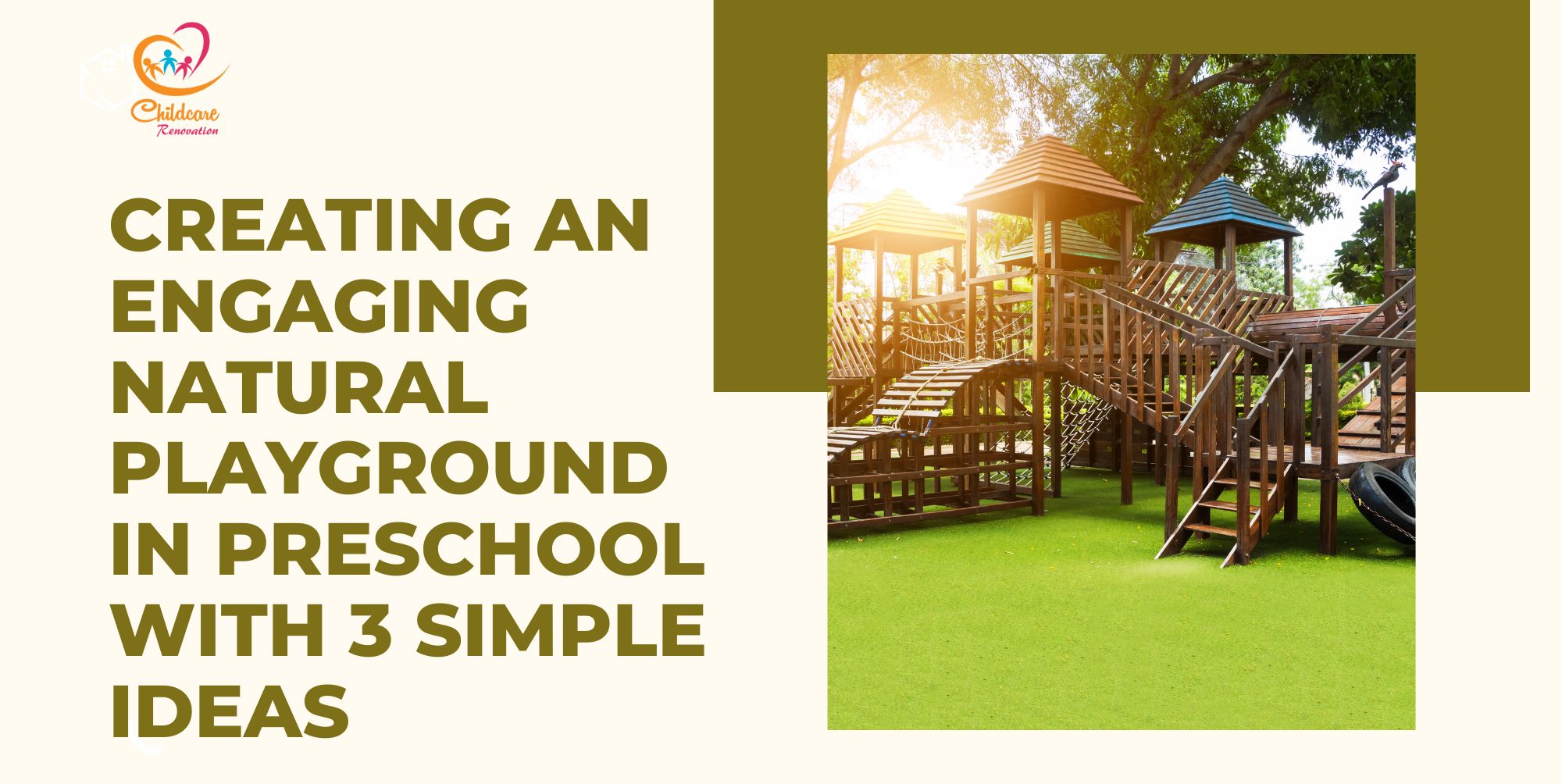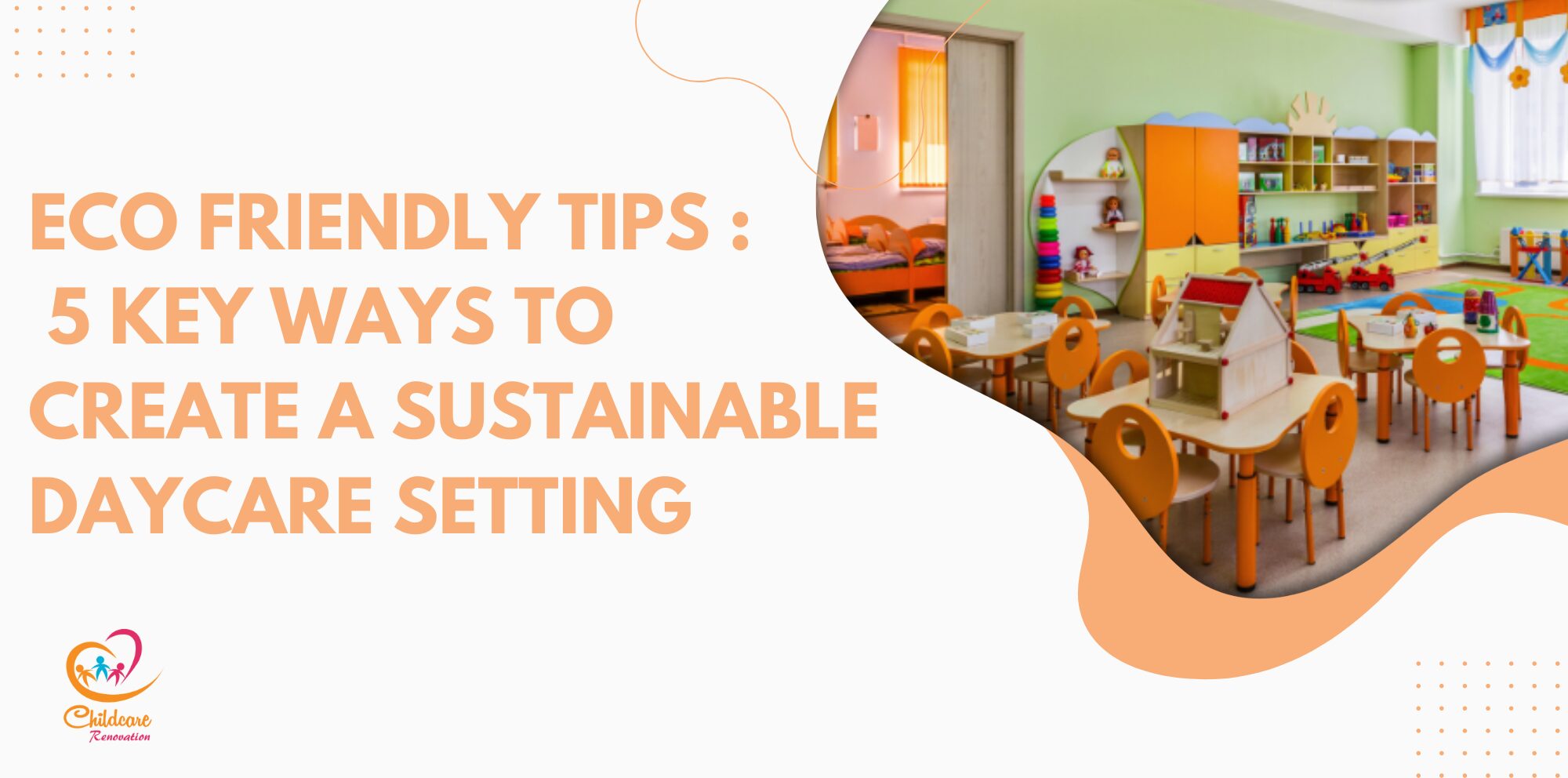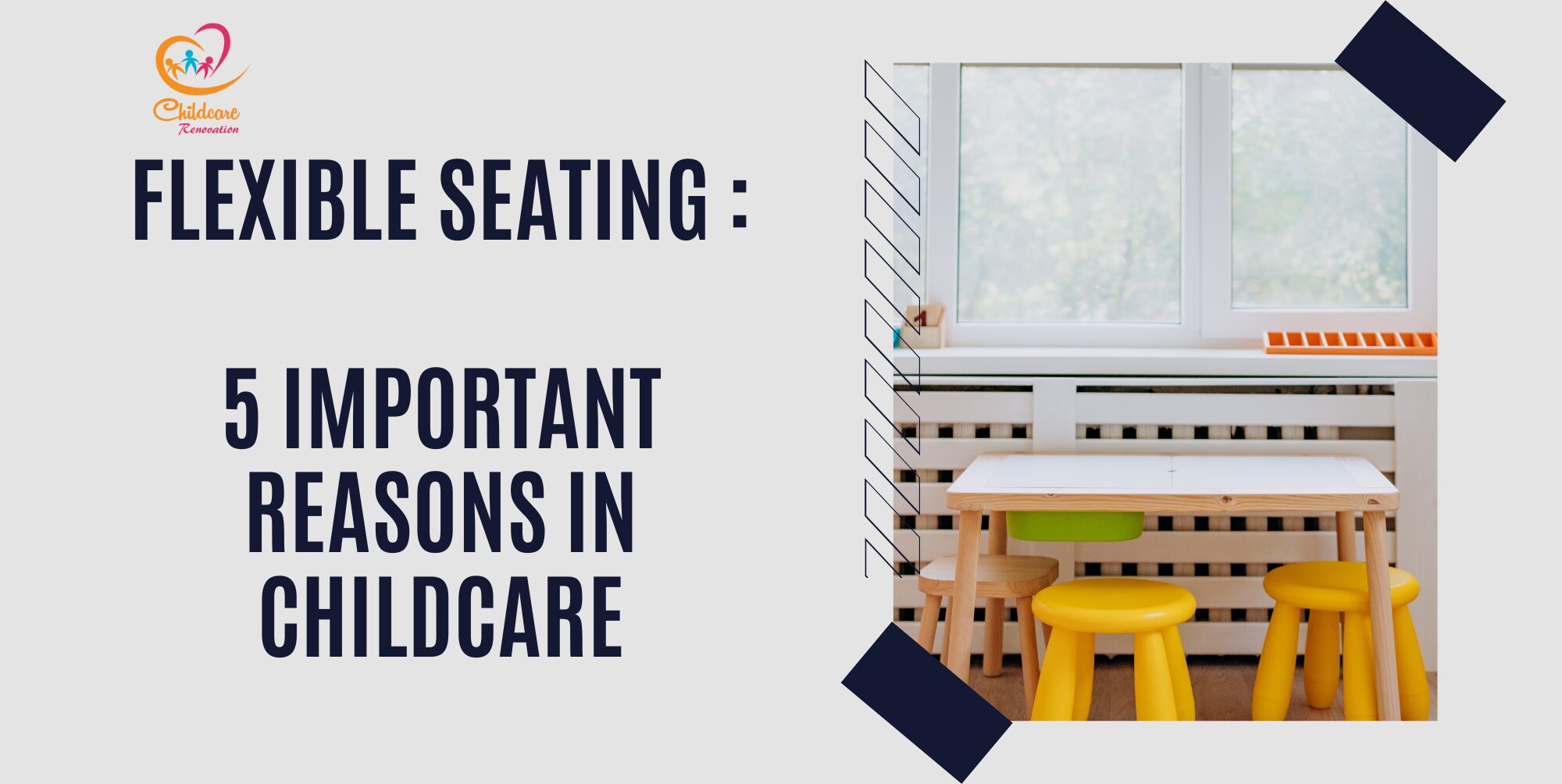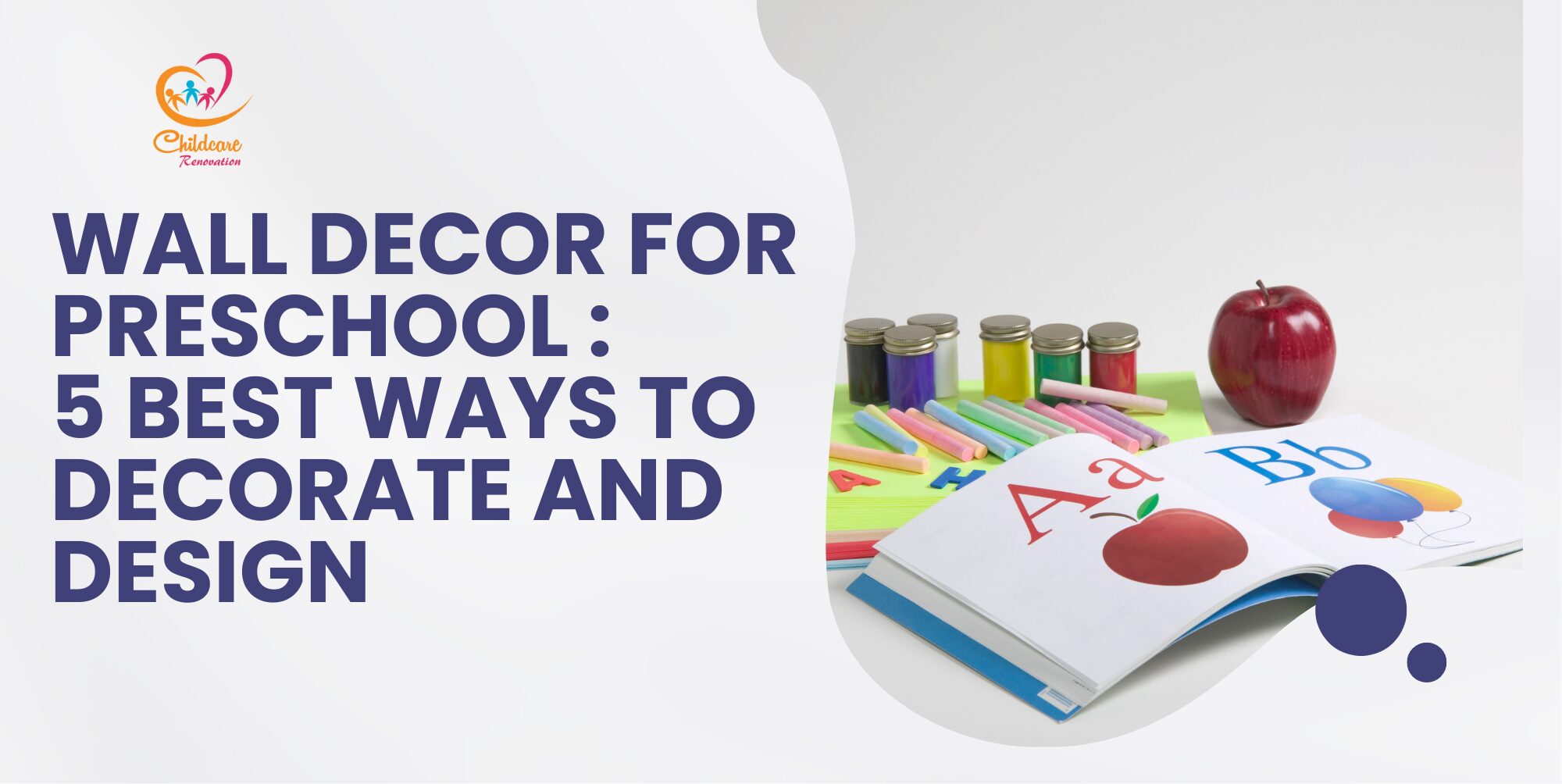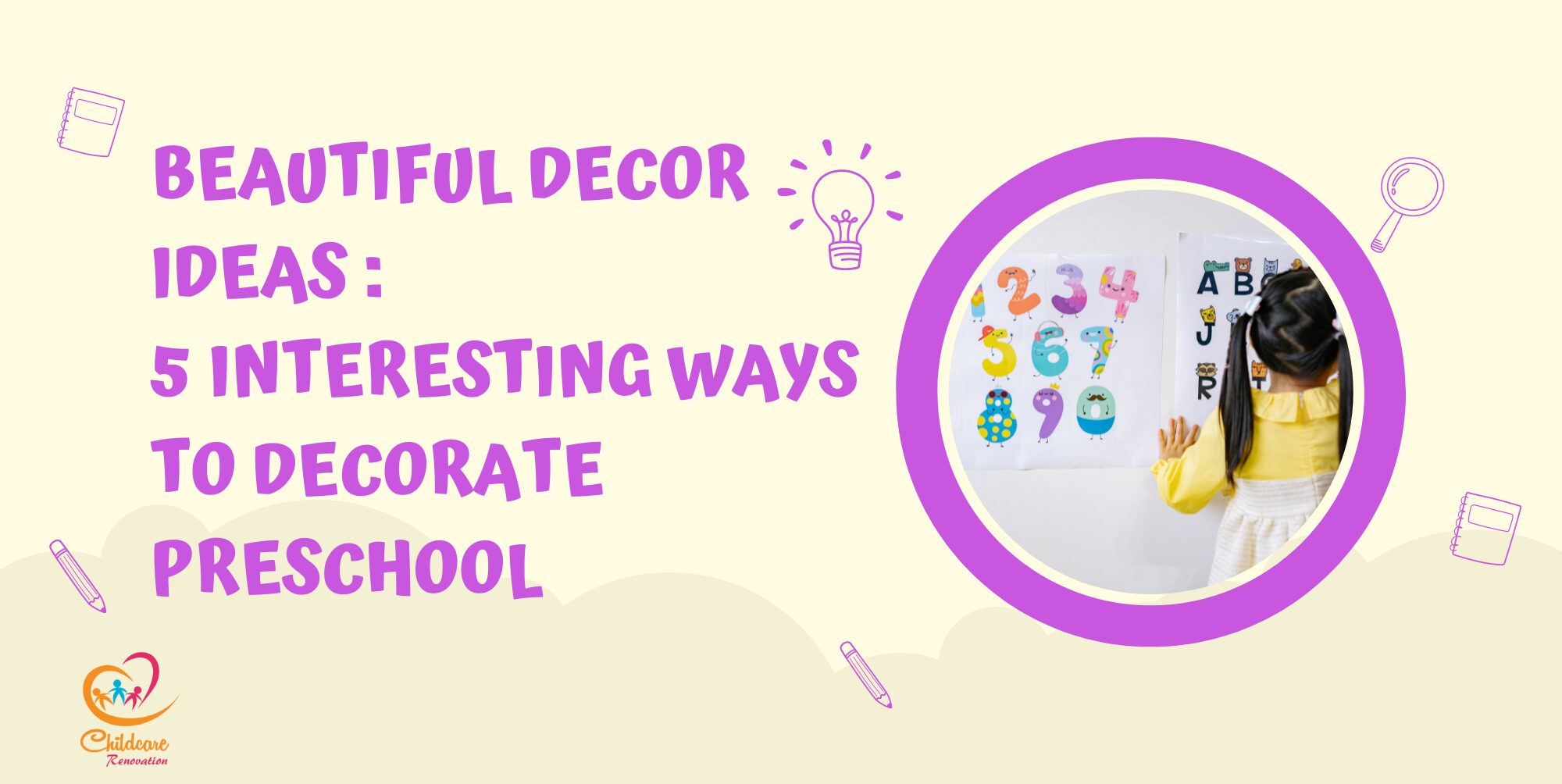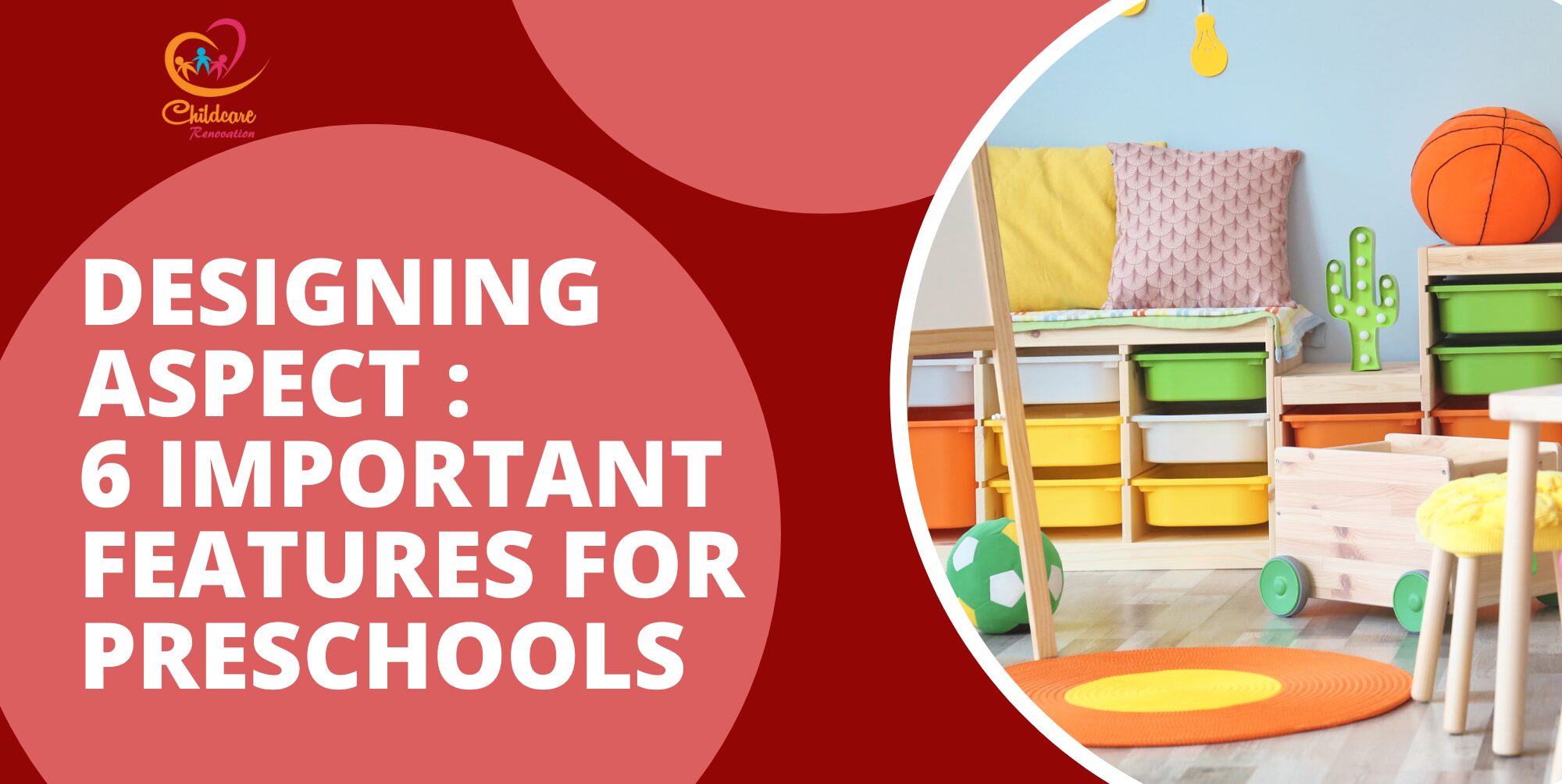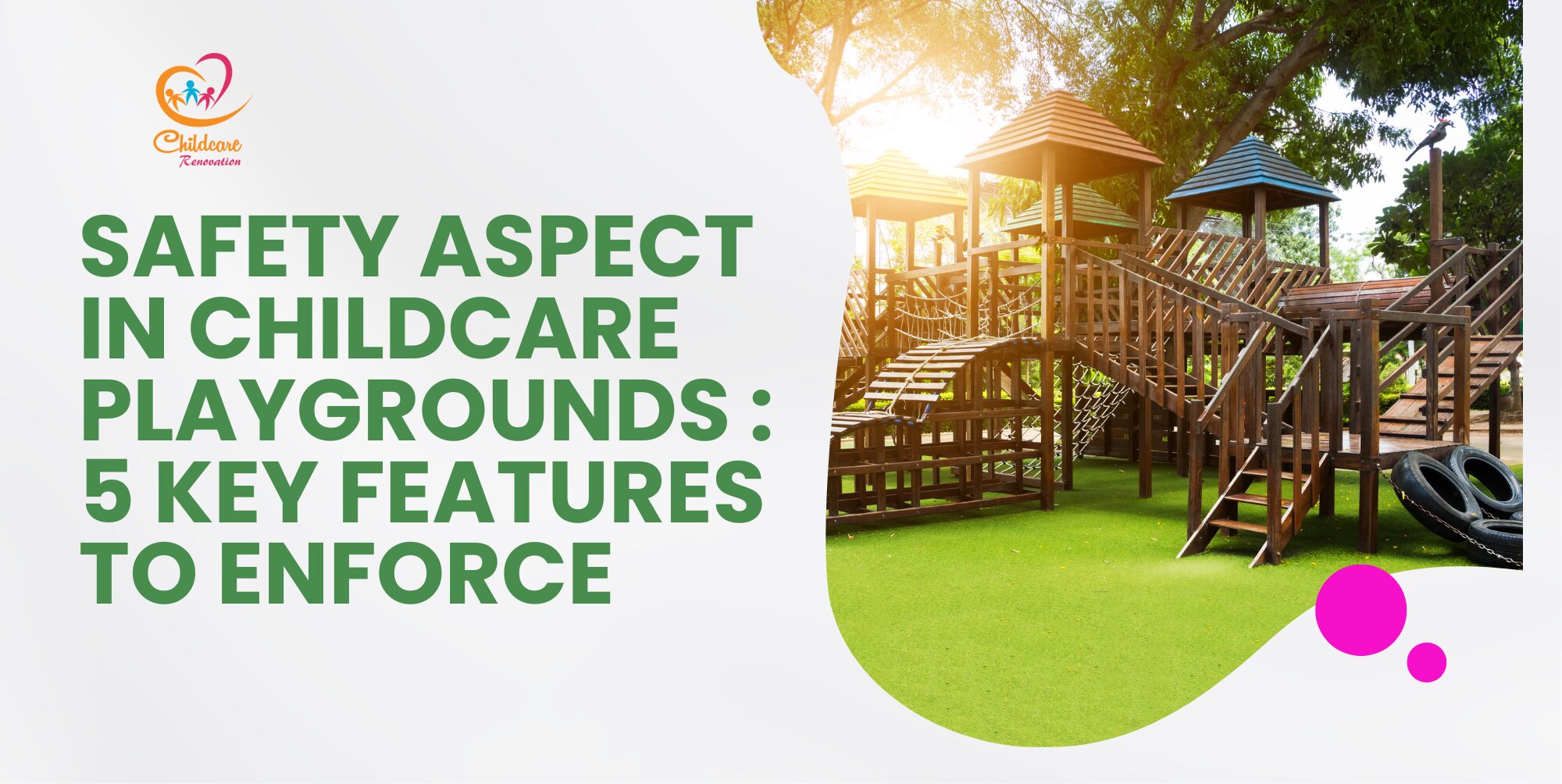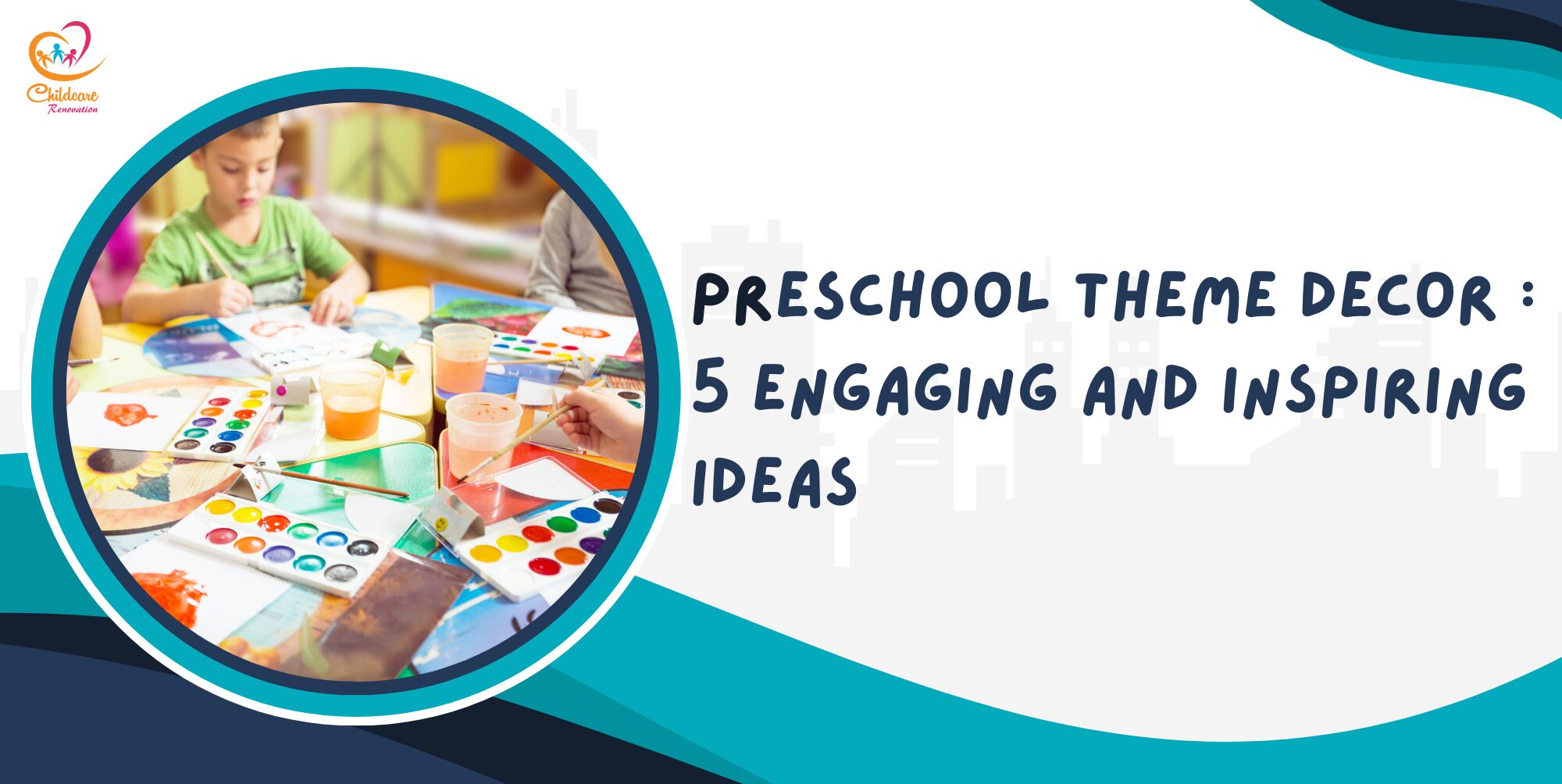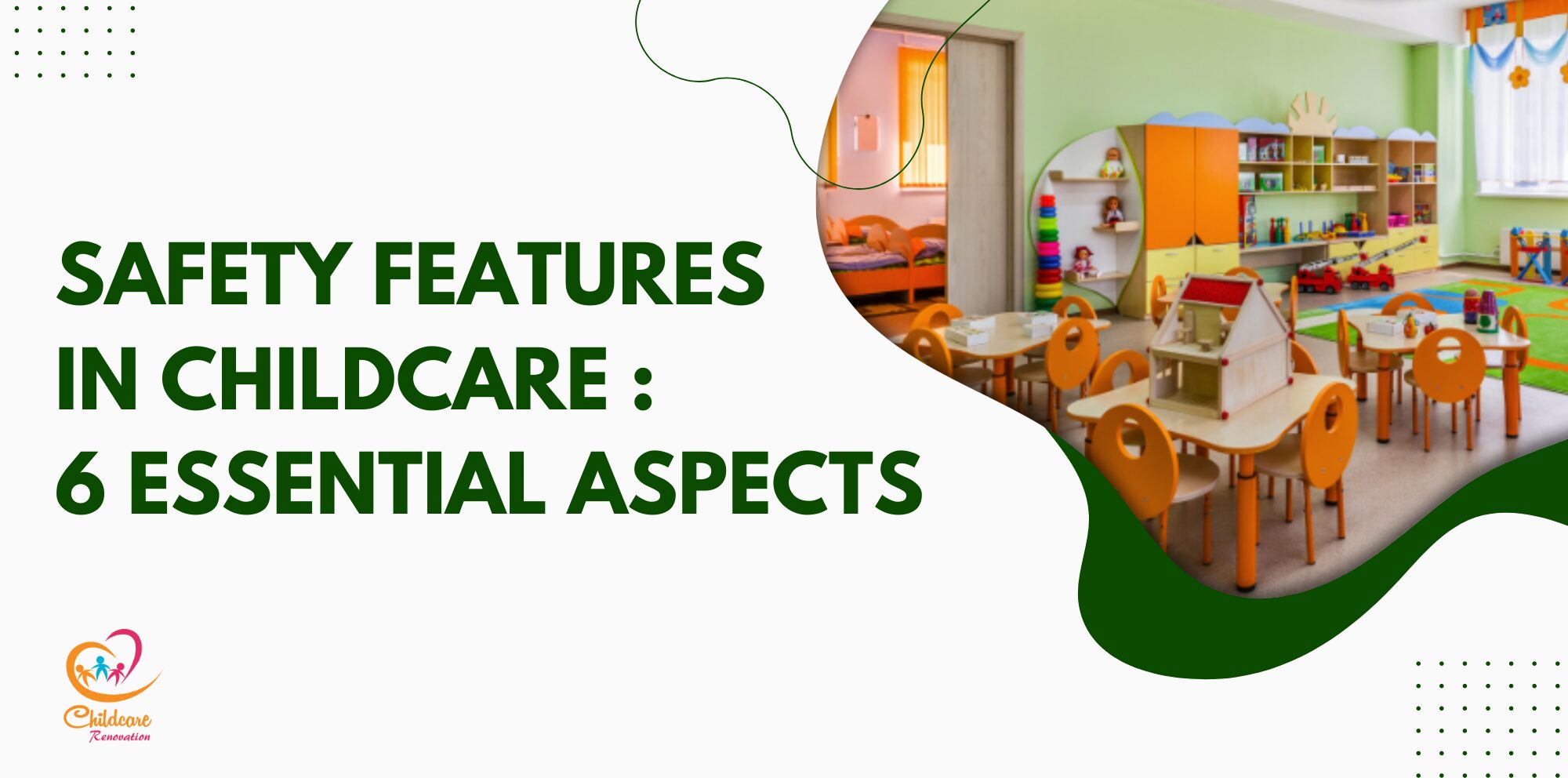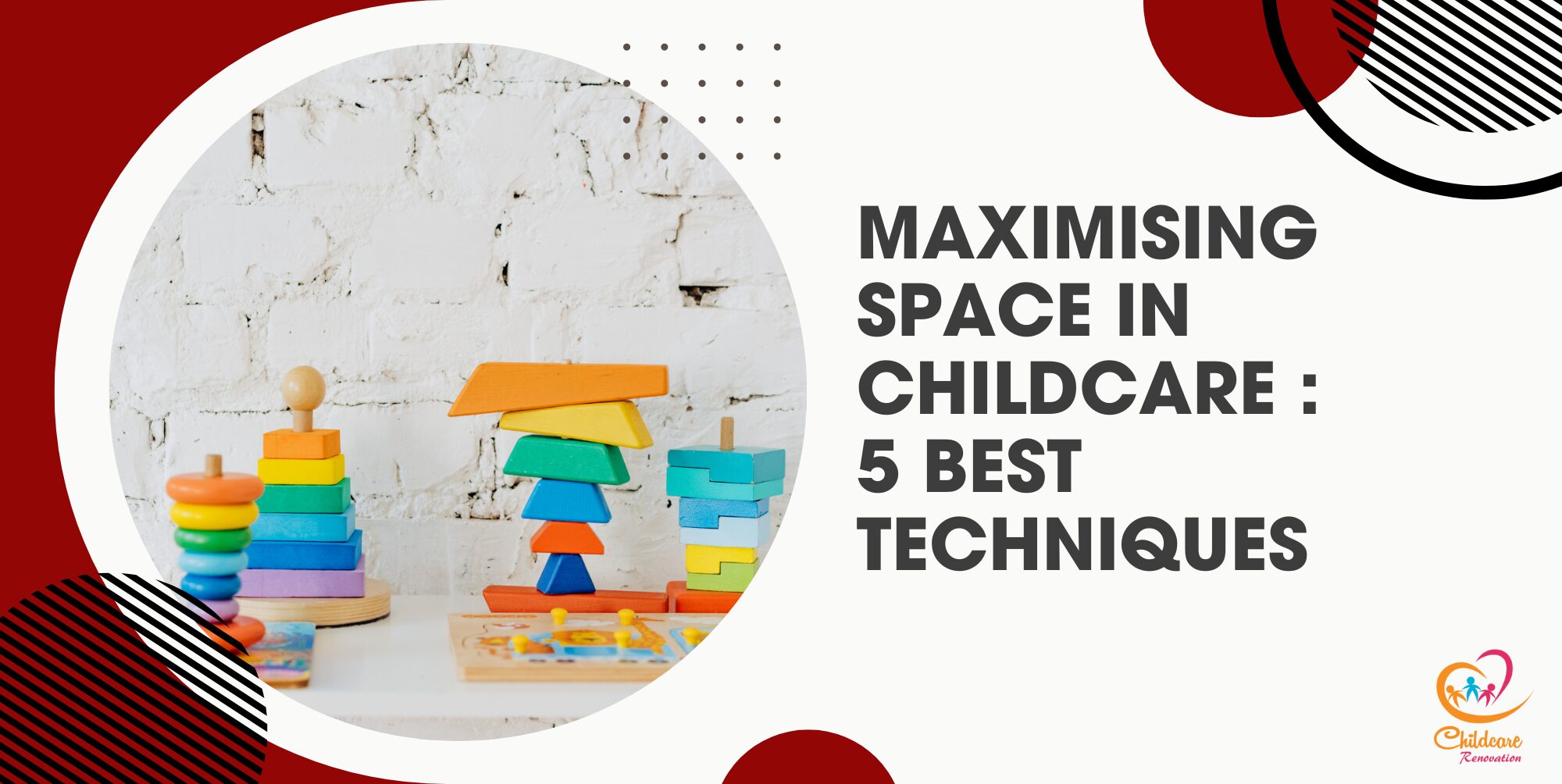Playing is part of children’s learning process. The playground is an area that you don’t want to miss out on in your preschool. If the traditional playground is something you are not very keen on, the natural playground is something you don’t want to miss.
Children today are more disconnected from nature; having a natural playground in your preschool is a way to connect them back to nature. With more studies showing the positive benefits that children receive when they play in nature, natural playgrounds are becoming a popular alternative choice.
You may want to read this article if you have heard of natural preschool playgrounds. Learn what a nature playground is and how you can set up your natural playground in your preschool. It is definitely something you want to consider for your preschool.
What Is A Natural Playground?
Video Credit: JCC Milwaukee
A natural playground, also known as a nature playground, is a play space that incorporates natural elements and materials to provide children with a more authentic and engaging play experience. Unlike traditional playgrounds that often feature plastic or metal structure, a natural playground focus on using materials such as wood, rocks, sand, plants, and other natural elements. For example, a natural playground will include a rope bridge, treehouse, hollow logs, and many more.
A natural playground design aims to create a setting that resembles a natural environment. It allows children to spend their time in the playground like in nature. It encourages children to explore and interact with the natural world, fostering a deeper connection to nature.
The equipment in natural playgrounds tends to be more open-ended in how it should be used. With a hollow log, children can crawl inside, balance on top, or hop over it, allowing children to use their imagination and creativity in deciding how to play with the elements provided.
Outdoor play offers various valuable benefits to children. Children get healthier and happier through exercise, learning opportunities, and social interactions they enjoy in outdoor play. Spending time in nature can provide physiological relaxation. Children struggling with anxiety or depression are likely to experience a boost in their mood when they spend time in nature. Being in the presence of nature can help children feel more connected to the world around them and help them develop a passion for environmental conservation.
How To Design A Natural Playground?
Image Credit: Quiet Nature
A nature playground may look like a rustic landscape, but it must be designed and constructed carefully. So, how do you exactly design a natural playground? Here are some tips.
Choosing between organic and synthetic equipment: When choosing the play equipment for your nature playground in your preschool, you can choose between natural and synthetic equipment that mimics the colors and textures of nature. Synthetic materials can be more durable and safer. You can find one that looks like the real thing.
Highlight nature: You can bring in natural elements in the landscaping. Consider incorporating a water feature, a sandpit, and some plants to make your playground feel like a natural oasis. You can opt for natural materials like stone to edge pathways or as a border for the playground area.
Plenty of open space: Natural play space should promote free play, so you should include wide-open spaces for children to get creative and enjoy some physical activity. It allows children to run around the play area but still feel free.
Natural Playground Equipment #1 – Wood Equipment
Video Credit: Slides And Sunshines
Natural playgrounds often incorporate wood equipment as it blends seamlessly with the surrounding natural environment and offers a range of play opportunities.
Consider arranging stumps or logs in a circle to create seating areas or meeting places in the natural playground. It can be used as a story-telling space. Get stumps at different heights to create a challenging spot to step or jump across. But ensure that children won’t tip over.
Using wooden materials for climbing structures; helps children to develop their coordination, balance, and strength. These structures can be platforms, ropes, ladders, and ramps. You can also construct treehouses or raised wooden platforms that children can climb. It provides a sense of adventure and imaginative play.
Natural Playground Equipment #2 – Plants
Video Credit: AAA State of Play
Plants offer a range of sensory experiences, providing shade and shelter, attracting wildlife, and contributing to the overall aesthetics of the space. They create a sense of adventure naturally. Bring in plenty of plants if possible. Get different types of shrubs and plants. Don’t plant it in a straight line. You can create hiding spots and secret spaces for children to explore if you plant them in a more free form.
Plant various tall grasses to create natural hiding spots. It requires low maintenance and adds interesting texture to your play area. Consider planting some trees for shade. Identify the places which needed shade. Select native or adapted trees with child-friendly characteristics, such as non-toxic leaves or bark textures. It creates comfortable spaces for children to rest, play and engage in quieter activities.
You can also plant a small grove of trees or create a nature trail with tall shrubs and foliage to mimic a miniature forest. It can provide a secluded space for imaginative play, hide-and-seek, or nature exploration, allowing children to experience the wonders of a forested environment.
Natural Playground Equipment #3 – Rocks And Stones
Image Credit: NutmatREC
It will be a great experience for children to play with rocks and stones. Looking at and collecting them provides a sense of accomplishment. You can use it to teach them counting simply to develop numeracy and fine motor skills.
You can lay the stones flat or pavers in a path or stepping stone layout to encourage balance and coordination. Children can practice their motor skills and coordination by hopping from stone to stone. Consider using different sizes and heights of the stones to offer different difficulty levels.
Consider designing a stone maze or labyrinth with pathways and walls made of rocks. Children can navigate the maze, promoting problem-solving, spatial orientation, and critical thinking skills. Ensure there are clear entry and exit points, and consider adding features like puzzles or challenges along the way.
Speak with The Experts
Planning to get started at your kindergarten but have no idea about it?
Childcare Center Renovation Singapore is a reliable company for renovation and interior design. They have about ten years of experience in this field and have a good reputation among customers.
Call us now to get your desired kindergarten design ideas now!

